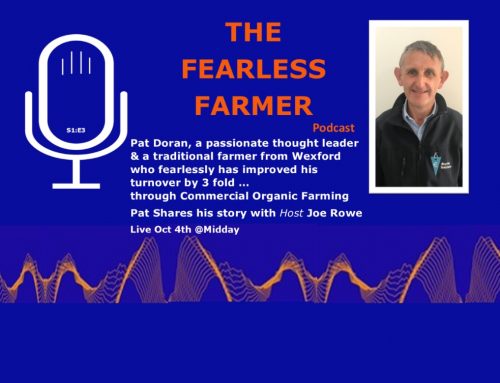With the Spring calf rearing season upon us, it is important that farmers buying in young calves provide them with the best environment possible to ensure that they maximise their performance this spring.
‘The Calf’s Needs Are Very Simple’
First of all, Dr. Doreen Corridan, from Munster Bovine mentioned how the calf’s needs within housing are very simple things that need to be got right. She stated:
“What calves need is a shed with a dry and warm lying area, fresh air, no draughts and moisture needs to be gotten out of the house [as this can create humidity in the shed].
“From the herd owners point of view, make sure that there is plenty of light within the housing and that the shed are easy to clean out.”
If farmers do not have a purpose built calf shed, Doreen gave some advice that may aid farmers in making the necessary changes this Spring.
Any old house can be modified; in the case of a dry lying area, it’s a case of keeping the straw changed and keeping plenty of straw in the housing.
“It’s not too late for farmers to put a skim of concrete along the floor to get drainage right and get the moisture out of the house.
“If we leave the moisture in the house, it can take a calf three hours of heat to get rid of it.
“Then when it comes to draughts, they usually occur in straight lines – they don’t come around corners. If it is coming in through gates, you can screw stock boarding onto gates and put a bit of conveyer belting onto the end of it so they can move in and out. These are very easy to clean and are permanent.
“Inside of the house, square or round bales will block draughts. Then you can have an opening where the calves can go in and lie down with comfort.”
‘Temperature For The First Few Weeks Is Crucial’
Getting the temperature correct for calves in housing is crucial, according to Doreen.
“It’s important for the pen that the calves are kept in – that they are warm. Provide plenty of straw, and a good indication of this is when it is lying down that you can’t see its legs.
A wet bedding will take heat away, draughts will take heat away. You can create a nice micro-environment within housing, with a canopy cover, calf jackets and by using square bales instead of round bales.
If an old building is having changes being made, getting ventilation within this housing is the next challenge.
“In these old houses we won’t have the inlets and outlets correct, but farmers can purchase fans with a duct which are a long cylindrical tube that will blow fresh air into the sheds. These should be bought with a regulator on them.
“This fresh air will make a difference for calves.”
Signs Of Draughts
There are a few tell-tale signs that farmers can keep an eye out for when it comes to checking for draughts in sheds, as Doreen advised:
“If you go into a calf pen and the calves are lying down and evenly spread out across the pen, then you have no draughts.
If you see calves lying up together against the wall, then you have draughts; if you see see the straw blowing, you definitely have an issue with draughts.”
Article from Agriland.ie






